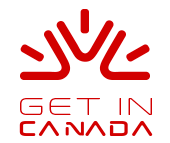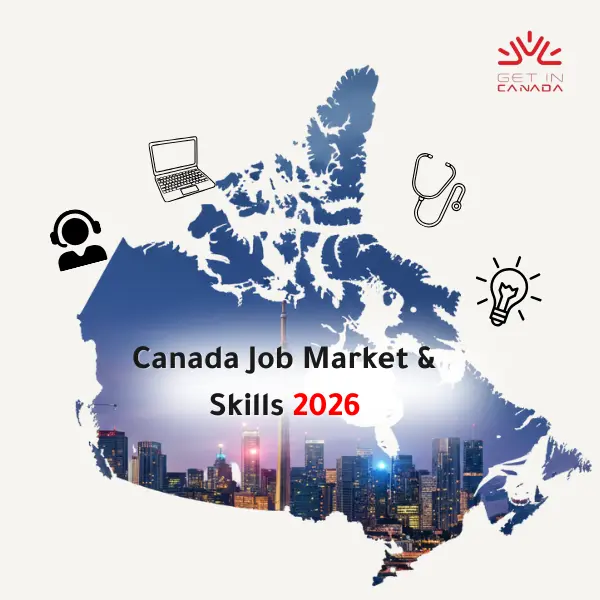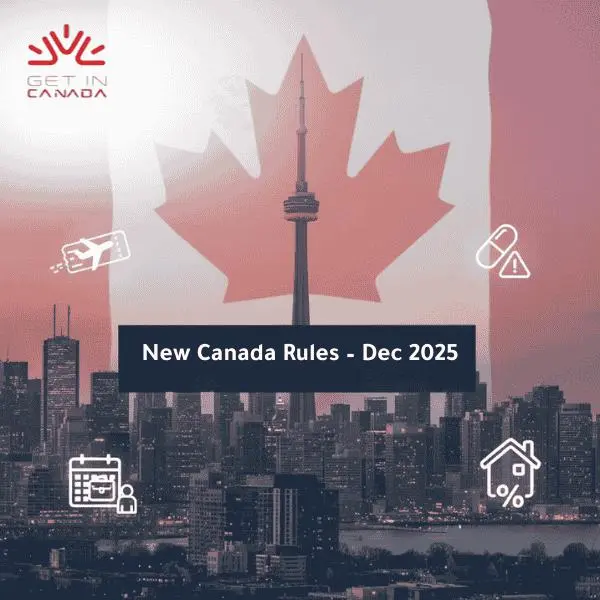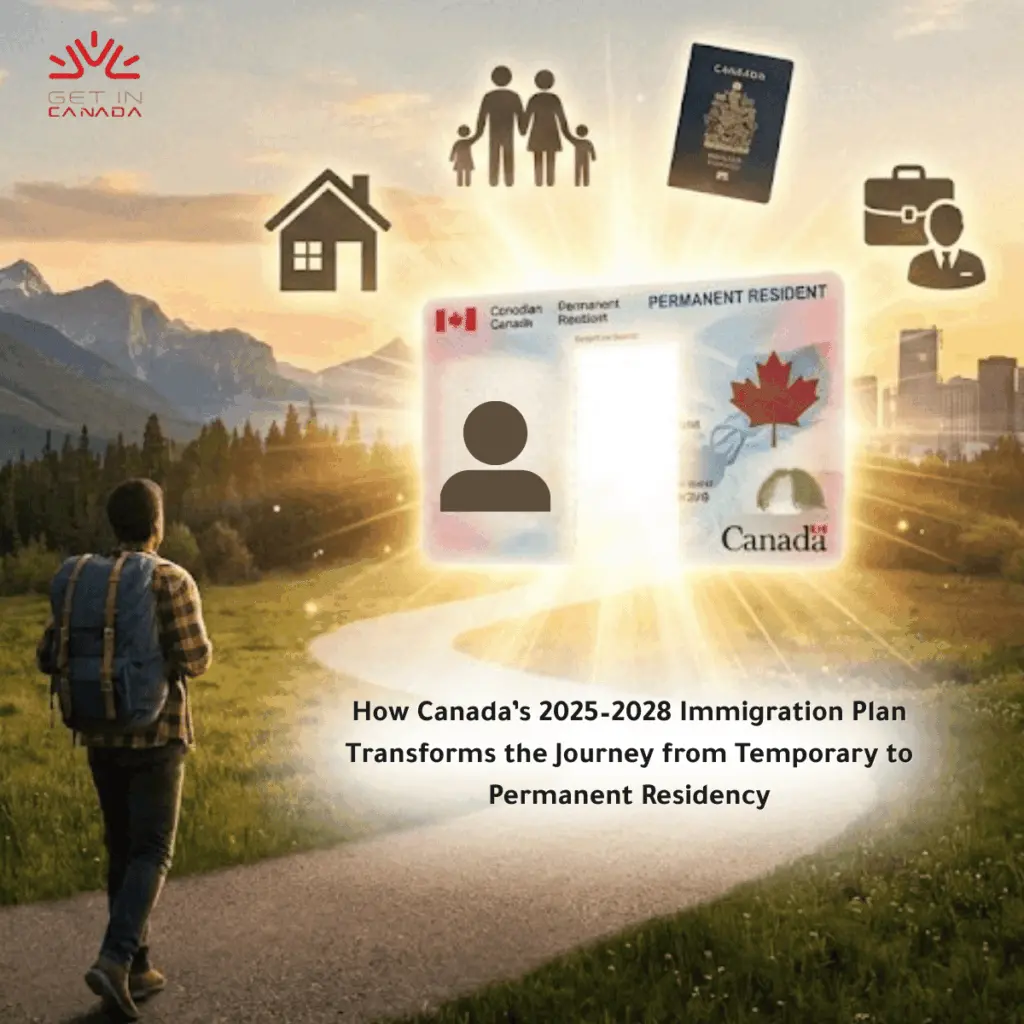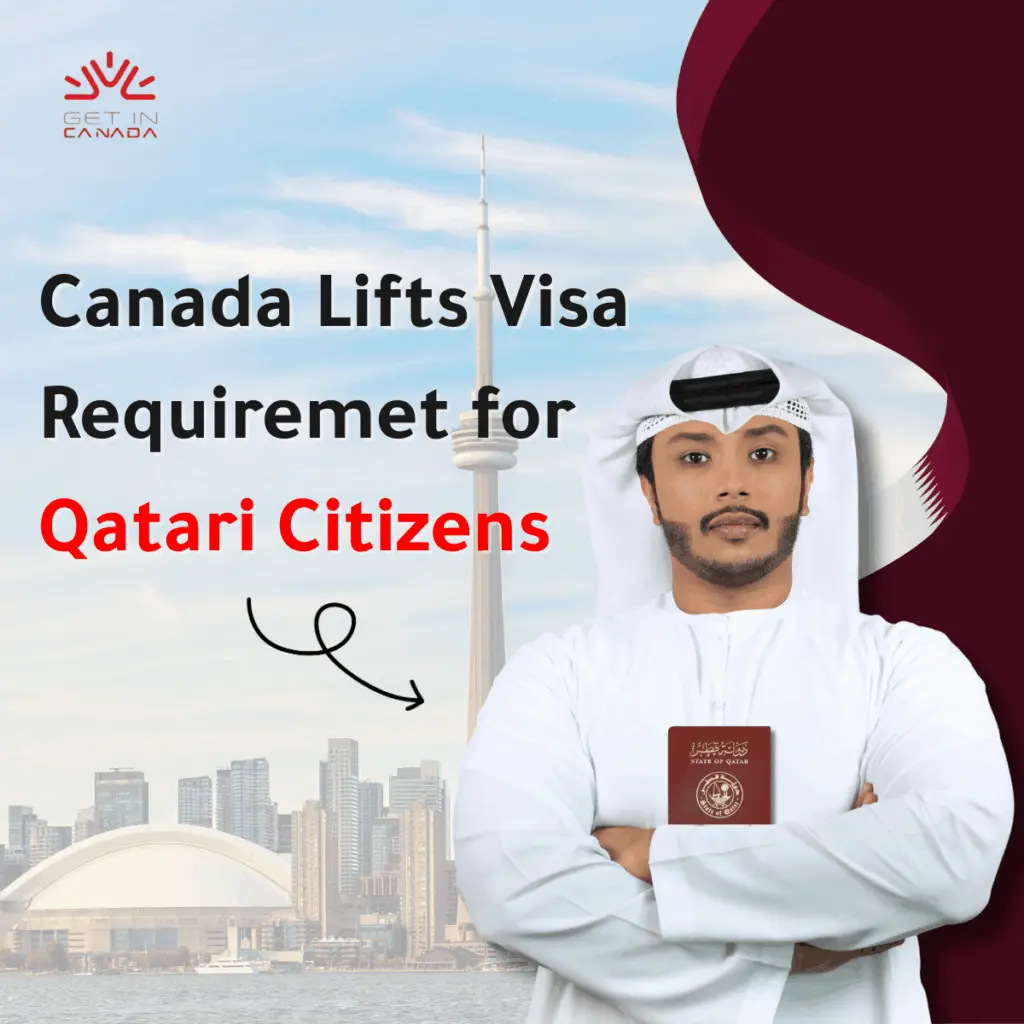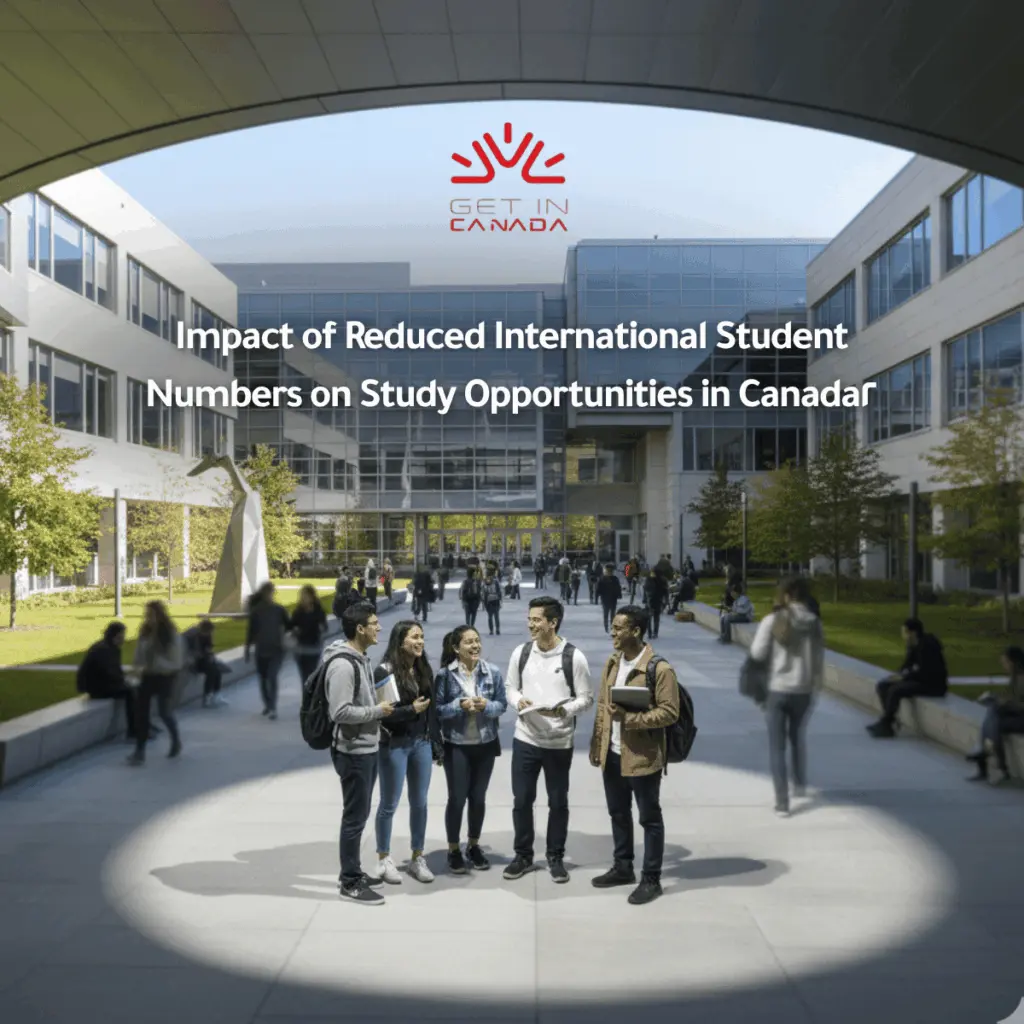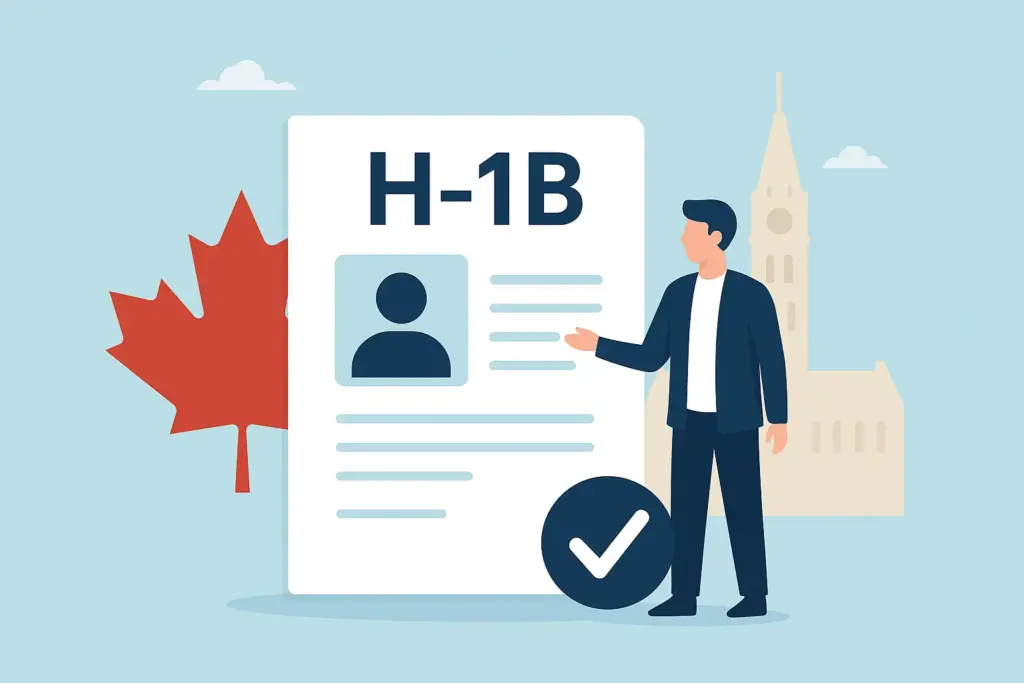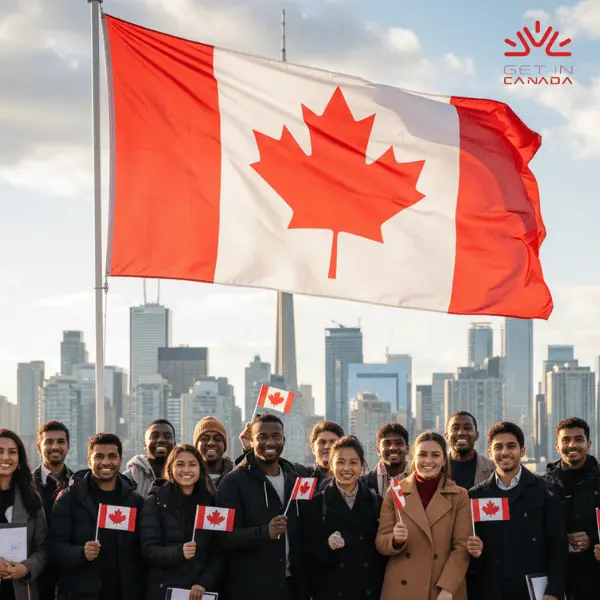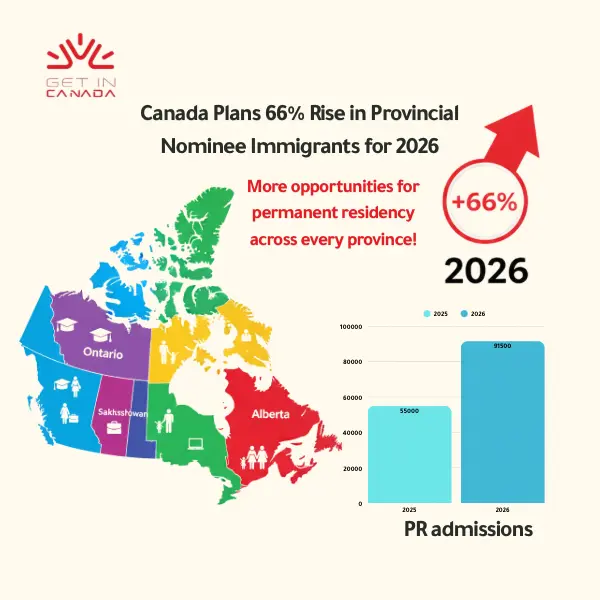Tips for Finding a Family Doctor in Canada

Having a regular family doctor is key to staying healthy in Canada. Whether you’re a newcomer, student, or resident looking for better care, finding a doctor can be challenging. This guide will help you understand the healthcare system, what to look for in a family physician, and how to register across provinces.
1. What Is a Family Doctor and Why Do You Need One?
A family doctor (also known as a general practitioner or GP) provides continuous, comprehensive medical care. They help with:
- Diagnosing and treating illnesses
- Chronic condition management (e.g., diabetes, asthma)
- Referrals to specialists
- Routine screenings and physicals
- Mental health and preventive care
Unlike walk-in clinics, family doctors offer continuity of care, which means they know your history and can track changes in your health.
Learn about primary care in Canada
Find out if you are eligible to get in Canada →
2. How Healthcare Works in Canada
Canada’s healthcare is publicly funded, and access to services is managed by provincial and territorial governments. To access most healthcare services, you need to:
- Apply for a provincial health card
- Be covered under that province’s health insurance plan
- Use that card at approved clinics and hospitals
However, finding a family doctor in Canada isn’t automatic—you must search and register manually in most provinces.
3. Challenges When Looking for a Family Doctor
Depending on where you live, you might face:
- Long waitlists in high-demand cities like Toronto or Vancouver
- Few available doctors in rural or underserved regions
- Language or cultural barriers for newcomers
- Lack of centralized systems in some provinces
Provinces with high newcomer populations (Ontario, BC, Quebec) often have longer waits, but many tools and services exist to help.
Read Also: Canada Cuts Immigration Backlog by Over 41,000 Applications
4. Where to Start Searching
A. Use Provincial Doctor Search Tools
Most provinces provide official platforms for finding family physicians accepting new patients:
- Ontario – Health Care Connect
- British Columbia – Pathways Medical Care Directory
- Quebec – GAMF Registration
- Alberta – Find a Doctor Alberta
- Nova Scotia – Need a Family Practice Registry
B. Contact Local Clinics and Health Units
In addition to using official provincial registries, one of the most effective ways to find a family doctor in Canada is by contacting local clinics directly. Not all doctors who are accepting new patients are listed in government directories. Smaller, independently run medical offices often manage patient intake manually and may not advertise availability online.
Here’s how to proceed:
- Call local medical clinics and ask: “Is any physician currently accepting new patients?”
- Visit in person if possible. Receptionists may offer updates not available over the phone.
- Ask if the clinic has a waitlist you can join, even if no openings are currently available.
- Be prepared to provide your provincial health card number, proof of address, and contact information.
Public health units (local branches of the provincial health authority) often maintain community health databases. They may not assign you to a doctor directly, but they can tell you which clinics are open to newcomers or offer culturally sensitive care in multiple languages.
Example Resources:
C. Ask Settlement or Newcomer Agencies
For immigrants, international students, and refugees, settlement services are one of the most underused—but most valuable—resources when searching for healthcare.
These agencies exist across Canada and offer free support to help newcomers adapt. When it comes to finding a family doctor, they can:
- Connect you to local clinics accepting new patients
- Help you fill out healthcare forms (e.g., OHIP or MSP applications)
- Arrange translation and interpretation services during your first medical visits
- Refer you to walk-in clinics, community health centres (CHCs), or nurse practitioner clinics
- Explain how to access care without a health card (useful for refugee claimants and new arrivals in waiting periods)
Settlement workers are familiar with local resources and often have relationships with healthcare providers who are open to seeing newcomers—even if they’re not advertising publicly.
Top National and Regional Organizations:
- COSTI Immigrant Services – Ontario
- MOSAIC – British Columbia
- YMCA Newcomer Services
- ISANS – Nova Scotia
- Immigration Francophone Ontario
- Settlement Services Locator – IRCC
Find out if you are eligible to get in Canada →
5. Tips for Choosing the Right Family Doctor
1. Location
When finding a family doctor in Canada, location plays a crucial role in ensuring consistent and accessible care. Choosing a clinic close to your home, workplace, or your child’s school makes it easier to attend regular appointments, especially during winter or in case of an urgent issue.
Proximity can also affect your ability to get same-day or last-minute appointments. For newcomers without a car, consider clinics near public transit routes or those within walking distance. Some provinces, like British Columbia or Ontario, offer tools that allow you to search for doctors based on postal codes or regions, helping you narrow down your choices geographically.
In rural or suburban areas, there may be fewer options, but regional health authorities often provide listings of available doctors by community.
2. Language and Cultural Fit
When finding a family doctor in Canada, it’s important to consider whether they can communicate in your preferred language. Many newcomers feel more comfortable discussing health issues in their native tongue. In cities with large immigrant populations, such as Toronto, Vancouver, or Montreal, you’ll find clinics that offer services in multiple languages including Mandarin, Punjabi, Spanish, Arabic, and more.
Cultural understanding also matters. Some doctors and clinics are trained in culturally sensitive care, which means they respect your traditions, religious practices, or gender-based boundaries. If this is important to you, mention it during your first contact with the clinic.
3. Availability
Availability refers to how soon and how often you can see the doctor. Some physicians have long wait times for appointments, while others may offer same-day or next-day bookings. When researching doctors, ask:
- Do they offer walk-in options for urgent concerns?
- Are virtual appointments available through phone or video?
- How long is the typical wait for a routine check-up?
Choosing a doctor with convenient availability is key for families with children, chronic illnesses, or busy schedules.
4. Clinic Hours
Work schedules and family responsibilities often make it difficult to see a doctor during standard business hours. When finding a family doctor in Canada, ask about clinic hours:
- Do they offer evening or weekend appointments?
- Are walk-ins accepted after hours?
- Can you book online outside of working hours?
Flexible clinic hours are especially useful for working adults and parents who need pediatric appointments for their children. Some clinics also stay open later during flu season or high-demand periods.
5. Gender Preference
When dealing with personal or sensitive health issues, many patients prefer to see a doctor of a specific gender. This is common for prenatal care, mental health discussions, or cultural/religious reasons.
You can request a male or female doctor when searching or registering. Clinics will often accommodate this preference if they have more than one physician. This is especially helpful in larger clinics or community health centres (CHCs).
Don’t hesitate to explain your preference to the clinic staff—it’s a valid request and part of getting the care you feel most comfortable with.
Read Also: Top Cities in Canada for Immigrants
Find out if you are eligible to get in Canada →
6. How to Register With a Family Doctor
To register, you usually need:
- Your provincial health card
- Proof of address
- Immigration or status documents (if newly arrived)
Some clinics require a “meet and greet” appointment before fully accepting you as a patient.
You can apply through your province’s registry (e.g., Health Care Connect in Ontario) or contact clinics directly.
7. What to Do While Waiting for a Family Doctor
If you’re having difficulty finding a family doctor in Canada, don’t worry—there are several alternatives to ensure you can still access timely medical care. While you’re on a waitlist or still searching, explore these options:
A. Walk-In Clinics
Walk-in clinics offer medical care without needing an appointment. These clinics are ideal for minor illnesses, infections, and quick prescription renewals. You can visit them during evenings and weekends—perfect for those with unpredictable schedules.
How to find a walk-in clinic:
- Visit Medimap – Walk-In Clinic Finder
- Search by city or postal code for availability and wait times
B. Telehealth and Virtual Services
Telehealth services let you connect with doctors or nurse practitioners online, usually by phone or video. Many provinces offer free telehealth consultations if you have a health card. These services are convenient for managing chronic conditions, mental health support, or cold/flu symptoms.
Popular virtual healthcare platforms:
- Telus Health MyCare – Offers video visits with licensed doctors and counsellors; some services are covered by provincial health plans
- Maple – On-demand virtual healthcare, often with quick response times; free or paid depending on your province and situation
C. Nurse Practitioner Clinics
Nurse Practitioner-led Clinics (NP Clinics) provide many of the same services as a family doctor. Nurse Practitioners can diagnose, prescribe medications, and refer you to specialists. These clinics are especially helpful in rural or underserved areas.
Where to look:
- Nurse Practitioner Clinics in Ontario – NPAO lists clinics and services across the province
D. Community Health Centres (CHCs)
Community Health Centres offer free or low-cost services, especially for newcomers, refugees, and those without health cards. They often provide services in multiple languages and offer additional support such as:
- Mental health care
- Prenatal and pediatric services
- Nutrition counselling
- Support for chronic conditions
- Community education programs
Find a CHC near you:
Bonus: Emergency Care Is Always Available
If you face a serious medical emergency (e.g. chest pain, breathing problems, serious injury), call 911 or go to your nearest emergency department. You’ll be treated even without a family doctor or health card.
Read Also: Making Friends and Building Community in Canada
8. Availability by Province
Easier Access:
- Alberta – High doctor-to-patient ratio, good rural care
- Nova Scotia – Registry actively matching newcomers with clinics
More Difficult:
- Ontario (GTA) – High demand, long waitlists
- BC (Vancouver) – Doctor shortage and overburdened clinics
Consider looking beyond large cities. Nearby suburbs may have open rosters.
9. How to Change Doctors Later
You’re allowed to change your family doctor. Steps:
- Find a new doctor accepting patients
- Inform your current provider (courtesy, not mandatory)
- Transfer your medical records (ask about fees)
Tip: Keep a copy of your own records or lab results if possible.
10. Special Support for Immigrants and Refugees
Newcomers often face barriers when trying to access healthcare. Look for:
- Clinics with multilingual staff
- Immigrant support programs
- Community health centres with inclusive services
Helpful links:
